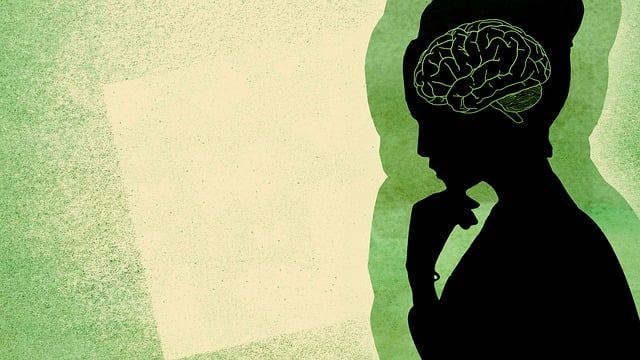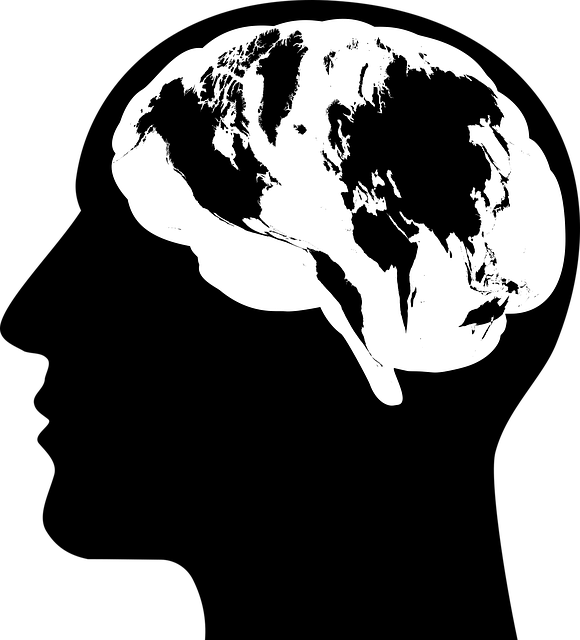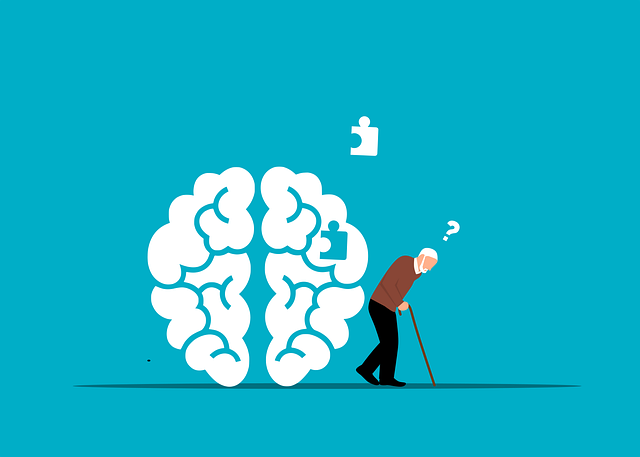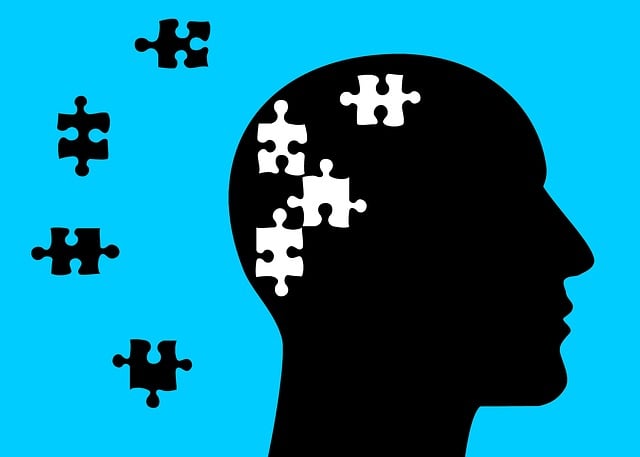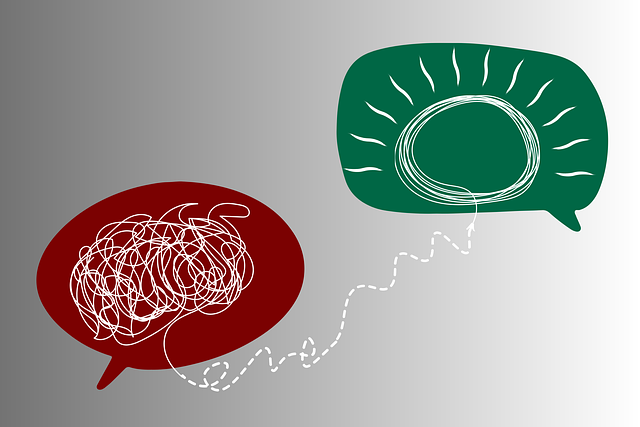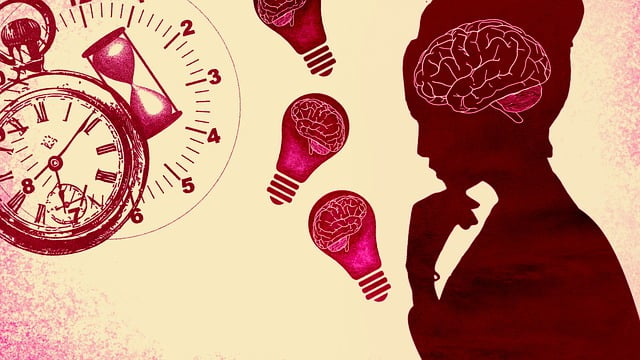Bipolar disorder in older adults presents distinct challenges, requiring a specialized approach. Diagnosis involves recognizing mood swings and history reviews. Treatment combines medication, psychotherapy (like CBT), anxiety relief techniques, community support, and family involvement. Regular monitoring, record-keeping, and risk management are crucial. Effective care emphasizes tailored support, stress reduction, and open communication to improve symptoms, quality of life, and mental wellness for seniors with bipolar disorder, specifically highlighting therapy for elders bipolar disorder.
Mental illness diagnosis and treatment navigation assistance is crucial for seniors, especially those with bipolar disorder. This comprehensive guide delves into understanding bipolar disorder in elders, including symptoms and diagnostic processes. We explore various therapy options for elders with bipolar disorder, such as medication and supportive services. Additionally, we discuss the vital roles of family and community support, along with effective strategies for monitoring and adjusting treatment plans to ensure optimal care.
- Understanding Bipolar Disorder in Elders: Symptoms and Diagnostic Process
- Navigating Treatment Options for Bipolar Disorder: Medication, Therapy, and Supportive Services
- The Role of Family and Community in Supporting Elderly Individuals with Bipolar Disorder
- Effective Strategies for Monitoring and Adjusting Treatment Plans: Ensuring Optimal Care for Seniors with Bipolar Disorder
Understanding Bipolar Disorder in Elders: Symptoms and Diagnostic Process

Bipolar disorder in older adults presents unique challenges due to its often overlooked or misdiagnosed nature. This mental health condition, characterized by extreme mood swings ranging from manic episodes to profound depression, can significantly impact an elderly person’s daily life and overall emotional well-being. Recognizing the symptoms is crucial for timely intervention. Common signs include rapid changes in mood, excessive energy during manic phases, and prolonged periods of sadness or loss of interest in activities previously enjoyed. These fluctuations can lead to impaired judgment, impulsive behaviors, and even psychotic episodes.
The diagnostic process involves a comprehensive evaluation by mental health professionals who may employ various tools, such as interviews, questionnaires, and clinical assessments tailored for older adults. Given the complexity of elder care and potential comorbidities, a thorough review of medical history is essential. Effective therapy for elders with bipolar disorder often incorporates medication management alongside psychotherapy. Anxiety relief techniques, specifically tailored for this demographic, can complement treatment. Community outreach program implementations aimed at raising awareness and providing support networks are also valuable resources in promoting emotional well-being promotion techniques for those affected by bipolar disorder in later life.
Navigating Treatment Options for Bipolar Disorder: Medication, Therapy, and Supportive Services

Navigating treatment options for bipolar disorder can be a complex task, especially for older adults who may face unique challenges and considerations. The primary approach typically involves a combination of medication, therapy, and supportive services tailored to individual needs. Mood stabilizers and antipsychotic drugs are often prescribed to manage the intense mood swings associated with bipolar disorder, while specific types of therapy like cognitive-behavioral therapy (CBT) can help individuals recognize triggers, develop coping strategies, and regulate emotions.
Supportive services play a crucial role in enhancing mental wellness by offering stress reduction methods grounded in mind over matter principles. These services may include psychoeducation groups where patients and their families learn about the disorder, peer support networks that foster community and understanding, and case management to coordinate care and ensure access to necessary resources. By leveraging these multifaceted treatment options, older adults with bipolar disorder can achieve better symptom control, improve their quality of life, and promote overall mental wellness.
The Role of Family and Community in Supporting Elderly Individuals with Bipolar Disorder

For elderly individuals struggling with bipolar disorder, family and community support networks play a pivotal role in their journey towards recovery and managing symptoms. These support systems offer a sense of stability and understanding, which is crucial for navigating the emotional rollercoaster associated with this mental health condition. Family members can contribute to the healing process by providing a safe space for open conversations about moods, behaviors, and triggers, fostering an environment that encourages therapy attendance and adherence.
Community resources, including support groups and social programs designed for older adults with bipolar disorder, offer opportunities for emotional healing processes through peer connections and shared experiences. Social skills training and conflict resolution techniques learned in these settings can enhance coping strategies, improve relationships, and promote a sense of belonging. Such community-based interventions complement professional therapy for elders bipolar disorder, ensuring comprehensive support tailored to their unique needs.
Effective Strategies for Monitoring and Adjusting Treatment Plans: Ensuring Optimal Care for Seniors with Bipolar Disorder

Effective monitoring and adjustment of treatment plans are crucial for ensuring optimal care for seniors with bipolar disorder. Regularly scheduled appointments with mental health professionals allow for continuous evaluation of symptoms, medication efficacy, and potential side effects. Through detailed record-keeping, healthcare providers can track progress, identify patterns, and make informed decisions about adjustments to the treatment plan. This may involve modifying medications, adjusting dosages, or incorporating additional therapeutic interventions, such as cognitive-behavioral therapy (CBT) or family-focused therapy, tailored to the individual’s needs.
Risk management planning is an essential component of caring for seniors with bipolar disorder. Mental health professionals should implement strategies to mitigate risks associated with the illness, including suicide, self-harm, and medication non-adherence. Effective communication strategies, such as encouraging open dialogue and active listening, foster a safe and supportive environment where seniors feel comfortable discussing their concerns and sharing important information about their mental health status. By integrating stress reduction methods into treatment plans, professionals can further enhance overall well-being and promote resilience in seniors with bipolar disorder.
Navigating mental health care for elderly individuals with bipolar disorder requires a multifaceted approach. By understanding the unique symptoms and diagnostic challenges, accessing evidence-based treatment options like medication and tailored therapy for elders bipolar disorder, and leveraging family and community support, we can significantly enhance outcomes. Continuously monitoring and adjusting treatment plans ensures that seniors receive optimal care, fostering stability and improved quality of life. These strategies collectively represent a comprehensive framework to effectively manage bipolar disorder in older adults.
